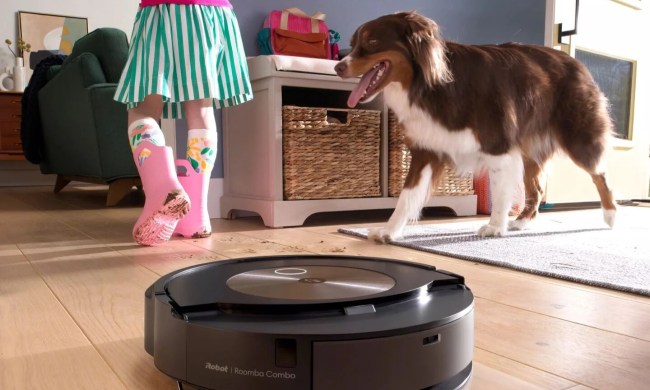The latest installment of Ipsos Insight‘s report Tempo: Keeping Pace with Digital Music Behavior finds that consumers still have a strong preference for purchasing traditional audio CDs of music from favorite artists; however, instead of buying CDs of new music or unknown artists on a whim, consumers are increasingly likely to sample tracks from new and unknown artists via digital download services. In part, this behavior has contributed to a declined in CD sales: Ipsos finds that the number of consumers who have purchased an audio CD in the last six months has declined about 15 percent since 2002, and over 20 percent since the year 2000.
“The number of digital music acquisition options, including on-demand downloading and easy unfettered copying, have slowly eaten away at consumer impulse music purchases,” said Matt Kleinschmit, Vice President of Ipsos Insight and author of the TEMPO program, “thus creating a gap in revenue. Where in the past someone may have purchased a CD from a new or unfamiliar artist on a whim, they are increasingly more likely to digitally sample the music before deciding to make a full physical CD purchase.”
The latest update to the Ipsos report finds that 51 percent of U.S. consumers aged 12 and over purchased a physical CD in the last six months. On average, consumers purchased 2.8 CDs in the last six months, with the average consumer owning 78 CDs. Consumers aged 18 to 54 are likely to have larger CD collections (over 100 discs) while teens own fewer (an average of 32).
When it comes to new releases from favorite artists, traditional CDs remain the preferred medium, with 62 percent of “U.S. downloaders” buying a physical CD of their favorite artists’ latest release, compared to just 28 percent who paid to download one or more tracks from that release. Not surprisingly, folks who bought both a CD and digital downloads were more likely to have purchase a la carte downloads before buying the CD (45 percent) rather than after buying the CD (27 percent). However, then it comes to buying music from new or unknown artists, 23 percent of U.S. downloaders tend to sample via a la carte digital tracks (23 percent) rather than by buying a full-length CD (17 percent).
Ipsos also finds that while the number of people engaged in buying music via download services, subscription services, ringtones, and satellite services is increasing, the amount of revenue they generate is small in comparison to the sales of physical CDs. Where downloaders spent an average of $14 on CDs, they would spend just $3.60 on digital tracks, $4.80 on mobile tracks, $4.90 on ringtones, and $5.30 on ringbacks. Digital copies of albums averaged $10, and even consumers who tapped into more than one sales channel still spent an average of just $10.90.
“Downloading alone cannot fill the dollars lost by the ‘Impulse Gap’ in CD sales,” continued Kleinschmit. “Other new and innovative music products must also help to fill this void. Most notably, mobile offerings—ringtones, ringbacks and full-song over-the-air downloads—have shown particular promise among youth, a market segment who rapidly embraced file sharing, but is also highly impulsive in their music purchase habits.”


